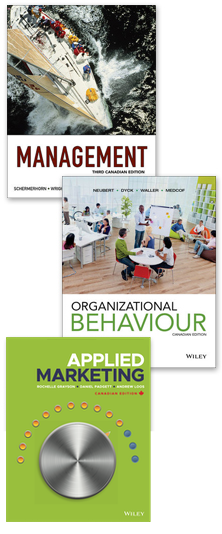This article is an excellent case in ethics and decision making. For more than a decade, Kenneth Robinson played the odds, gambling that he could make a fortune (he did) and not get caught (he did as well). Robinson was the middle man between lawyer Matthew Kluger, who would pass along information about potential mergers, and Garrett Bauer, a stock trader that would buy for the trio based on the tips. Mr. Robinson’s demise may have been that he did not stick with the plan. When he got irritated with Bauer, he decided to make a few purchases on his own and that is when investigators were able to link the three men. Robinson pled guilty to securities fraud and conspiracy, lesser charges, in exchange for help to gather information on the other two conspirators.
QUESTIONS:
- Clearly Kenneth Robinson’s behavior is unethical because it is illegal. Using values as the framework, discuss why Robinson engaged in insider trading.
- What alternative view of ethics was Mr. Robinson following? What view did he violate?
- Discuss how moral management applies in this case. Your text talks about the role of leadership on ethics mindfulness. How can ethics mindfulness be promoted when individuals act autonomously (i.e., there is no direct influence of a leader)?
- When ethics is so often talked about and ethical violations are so widely reported in the news, how do three educated men allow themselves to get caught up in behavior that clearly violates ethical and legal standards? What is the solution?
SOURCE: M. Rothfeld, S. Pulliam, & V. O’Connell, “The Confessions of an Inside Trader,” Wall Street Journal (Retrievable online at http://online.wsj.com/article/SB10001424052748703983104576262921972017168.html?mod=WSJ_hp_LEFTTopStories)

